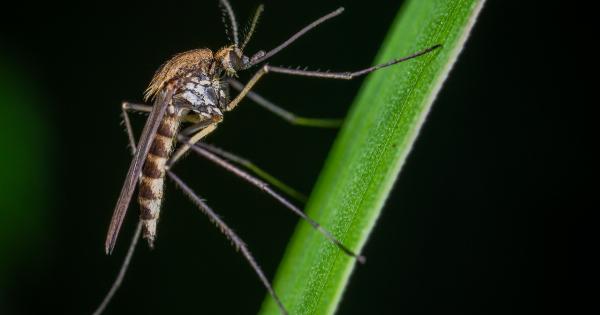Since the Zika virus outbreak in Brazil in 2015, there has been a growing concern over the link between the virus and microcephaly. Microcephaly is a neurological condition in which babies are born with abnormally small heads and brains.
It can cause severe developmental delays and disabilities, and in some cases, it can be fatal.
What is Zika Virus?
Zika virus is a mosquito-borne virus that was first identified in the Zika Forest of Uganda in 1947. It is a flavivirus, a family of viruses that also includes the dengue virus, West Nile virus, and yellow fever virus.
Zika is transmitted by the Aedes mosquito, which also transmits dengue and chikungunya.
The Zika virus can also be transmitted through sexual contact, from mother to fetus, and through blood transfusions. Symptoms of Zika virus include fever, rash, joint pain, and conjunctivitis. Many people with Zika virus have no symptoms at all.
The Link Between Zika Virus and Microcephaly
The link between Zika virus and microcephaly was first reported in Brazil in 2015. Since then, there has been an increasing number of cases in other countries, including Colombia, Venezuela, and the United States.
In Brazil, the number of microcephaly cases increased from around 150 per year to over 4,000 in 2015 and 2016.
Researchers have confirmed the link between Zika virus and microcephaly. They have found evidence of the virus in the brains of babies with microcephaly. The virus appears to target developing brain cells, causing them to die or malfunction.
This can result in the abnormally small head size and brain abnormalities seen in microcephaly.
Preventing Zika Virus
Prevention is the best way to avoid the devastating effects of Zika virus and microcephaly. This can be achieved through a combination of mosquito control measures and personal protective measures.
Mosquito Control Measures
Mosquito control measures are the most effective way to prevent the spread of Zika virus. This can be achieved through the use of insect repellent, mosquito nets, and mosquito control programs that target breeding sites.
Mosquito control programs include the use of larvicides to kill mosquito larvae in standing water, and the elimination of standing water in and around homes and public spaces.
Personal Protective Measures
Personal protective measures are also important for preventing the spread of Zika virus. These measures include wearing protective clothing, such as long-sleeved shirts and pants, and using insect repellent on exposed skin.
It is also important to avoid travel to areas where Zika virus transmission is ongoing, particularly for pregnant women.
Treatment for Zika Virus and Microcephaly
There is currently no specific treatment for Zika virus or microcephaly. Treatment is focused on managing symptoms and providing supportive care. This may include fluid and electrolyte replacement, pain relief, and hospitalization for severe cases.
For babies born with microcephaly, treatment is aimed at managing their symptoms and providing early intervention. This may include physical, occupational, and speech therapy to help with developmental delays.
The Importance of Research
Research into Zika virus and microcephaly is ongoing. There is a need for more research to understand the long-term effects of Zika virus on babies and to develop treatments and vaccines for the virus.
This research is important for preventing the devastating effects of Zika virus on families and communities around the world.
In Conclusion
The link between Zika virus and microcephaly is a devastating one. Prevention is the best way to avoid the spread of Zika virus and the development of microcephaly.
It is important to take personal protective measures and support mosquito control programs. Research is also essential for understanding the long-term effects of Zika virus and developing treatments and vaccines. Together, we can work towards a world free from the devastating effects of Zika virus and microcephaly.































